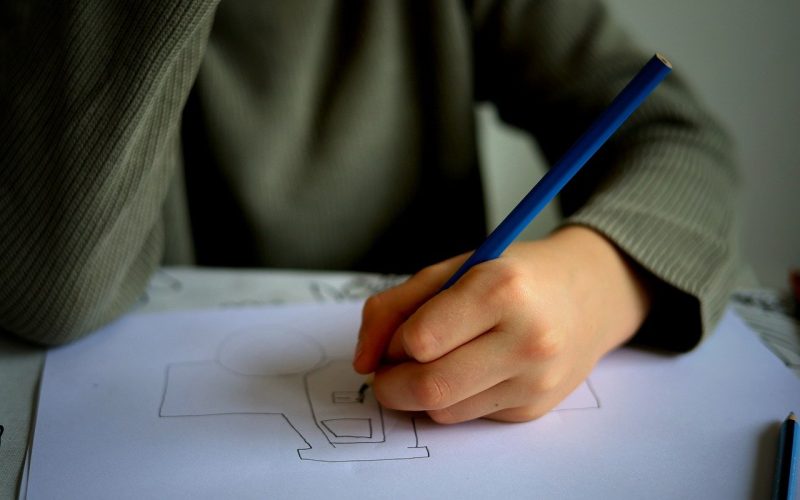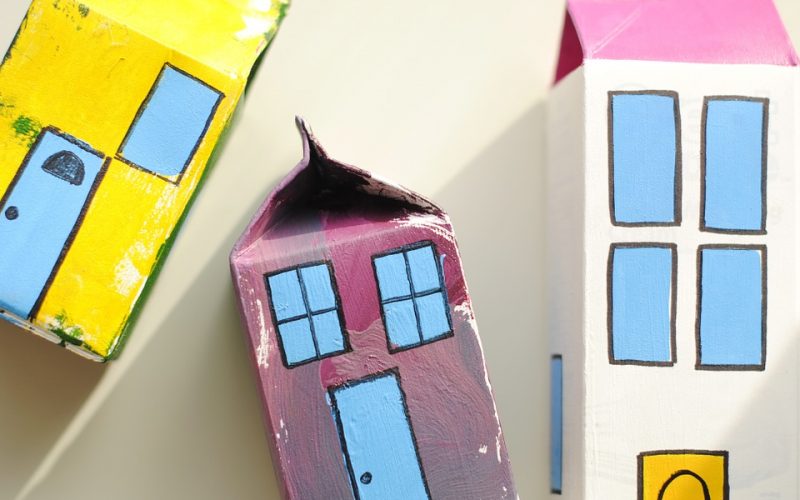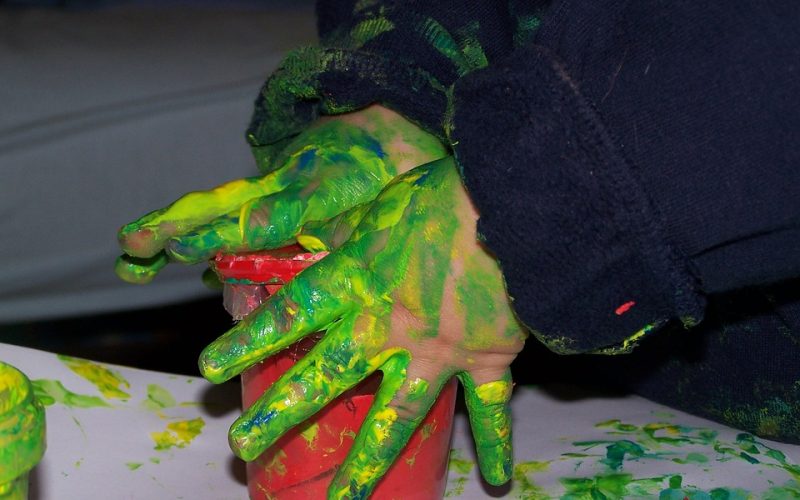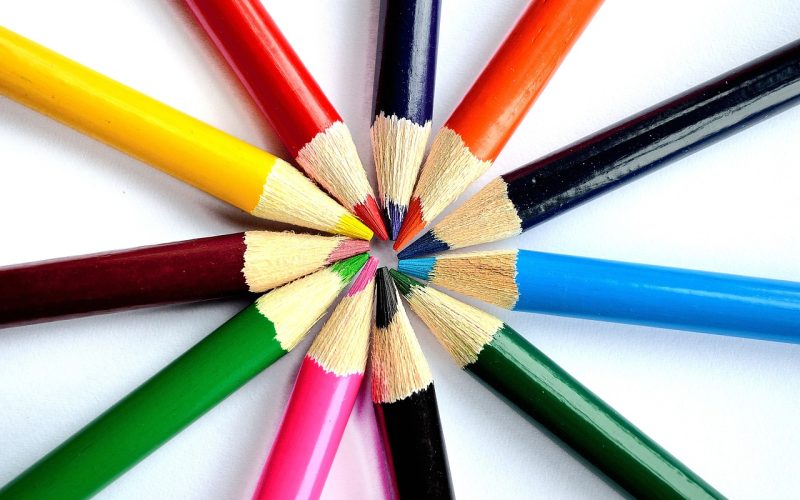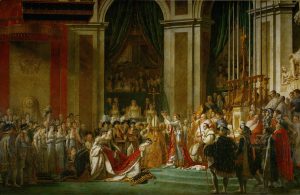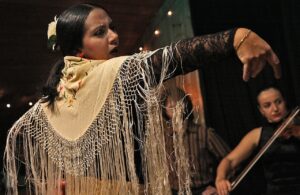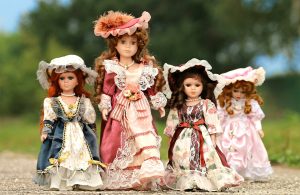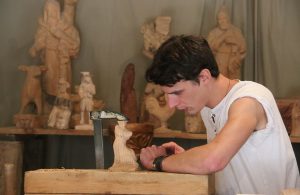Engaging The Public In The Arts
The arts have always been a crucial part of cultural and societal development, providing a platform for expression and reflection. However, engaging the public in the arts remains a challenge due to factors such as accessibility, awareness, and interest. Understanding these challenges and exploring ways to overcome them is essential for fostering a vibrant artistic community.
Understanding the barriers to arts engagement
One of the primary reasons it's difficult to engage the public in the arts is the perceived lack of accessibility. Many people view art galleries, theatres, and concert halls as elitist or intimidating, which can deter them from participating. This perception is often compounded by high ticket prices or exclusive venues, which further alienate potential audiences who may already feel that the arts are not within their reach.
The role of education in fostering interest
Education plays a vital role in cultivating an appreciation for the arts. However, arts education is often undervalued in many educational systems, leading to a lack of exposure for young people. By integrating arts into the curriculum and encouraging creative exploration from an early age, schools can help develop a lifelong interest in the arts. Workshops, field trips, and collaborations with local artists can also provide students with hands-on experiences that spark curiosity and passion.
Leveraging technology to reach wider audiences
Technology offers innovative ways to engage the public in the arts. Virtual tours, online exhibitions, and live-streamed performances allow people to experience art from the comfort of their homes. Social media platforms can also play a significant role in promoting arts events and connecting artists with new audiences. By utilising digital channels, arts organisations can break down geographical and financial barriers, making the arts more accessible to everyone.
Encouraging community involvement and participation
Community involvement is key to generating interest in the arts. Local events, such as open mic nights, street performances, and art fairs, provide opportunities for people to engage with the arts in a more informal and approachable setting. Encouraging participation from local artists and showcasing diverse talents can also create a sense of ownership and pride within the community, leading to increased support and attendance at arts events.
Addressing the importance of diverse representation
Representation matters in the arts. Ensuring that diverse voices and perspectives are included in art offerings can engage wider audiences who see themselves reflected in the work. This can involve programming that highlights underrepresented artists, creating partnerships with community organisations, and seeking input from diverse communities when planning events. By prioritising inclusivity, arts organisations can resonate with a broader audience and foster a more inclusive arts culture.
Building partnerships to enhance outreach
Collaborations with businesses, educational institutions, and other cultural organisations can strengthen arts outreach efforts. Partnerships can provide additional resources, expertise, and platforms to amplify arts activities and engage more people. Corporate sponsorships, for instance, can make arts events more affordable, while collaborations with schools can reinforce the educational value of the arts. By building strategic alliances, arts organisations can extend their reach and impact.
Engaging the public in the arts requires a multi-faceted approach that addresses barriers to accessibility, fosters education and interest, leverages technology, and encourages community involvement. By prioritising inclusivity and building strategic partnerships, arts organisations can create a more inviting and vibrant arts scene that resonates with diverse audiences. Through these efforts, we can ensure that the arts continue to thrive and enrich our lives.

